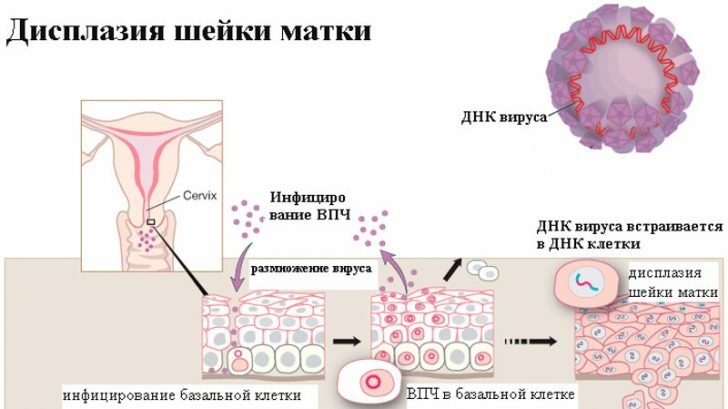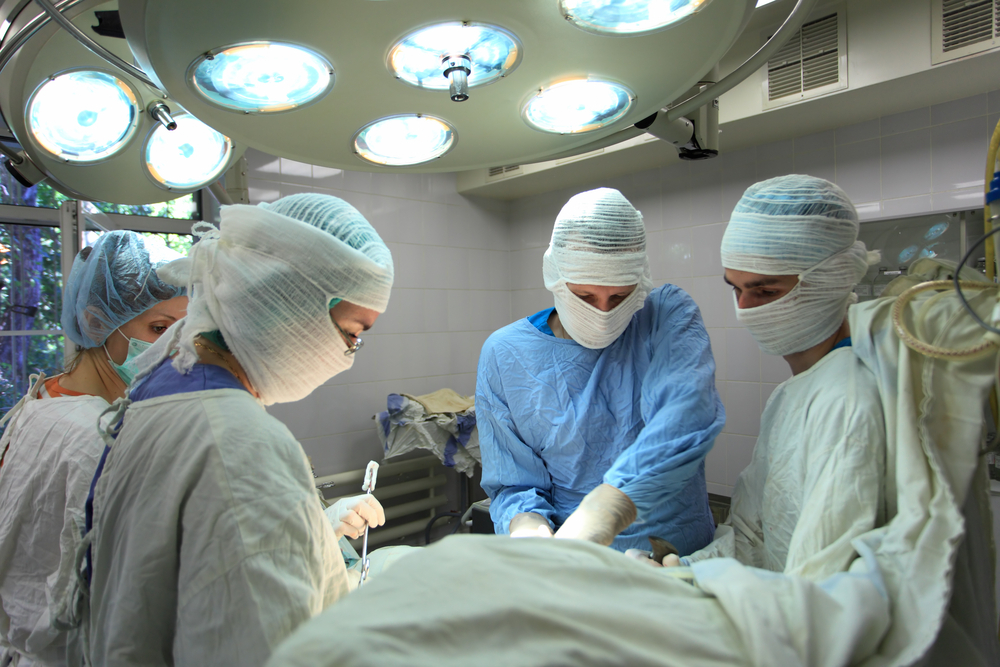Treatment of neurinoma of the spine

Neurinoma of the spine( otherwise the tumor of the roots of the spinal nerves), in most cases develops in the thoracic or cervical region, a little less often in the lumbar. Neurinoma of the spine can spread even through the intervertebral opening between the vertebral canal and the dura mater of the brain( spinal cord).This form of neurinoma of the spine is of the "hourglass" type and is characteristic of the cervical spine. The tumor of the roots of the spinal nerves is dangerous because it can even provoke certain bone changes, which can be diagnosed with the help of a radiological examination of the spine( spondylography).In itself neurinoma is a benign tumor that develops slowly and does not give metastases( very rarely degenerates into a malignant tumor).However, if it reaches a large size and is in the appropriate place, then the roots of the spinal cord can be squeezed( this causes pain).Treatment of neurinoma is carried out in various ways.
Methods of treatment of neurinoma of the spine
Treatment of this tumor of the spine can take place in several ways, regardless of the location of the tumor.
Conservative treatment of neurinoma in this case involves the use of the drug mannitol together with glucocorticoids, as well as control of diuresis and water-electrolyte balance. Specialists prescribe medications that help improve cerebral circulation.
Undoubtedly, in the treatment of neurinoma of the spine the most common method of treatment is surgical removal of the tumor. Before the operation, computer tomography and magnetic resonance imaging are thoroughly performed in order to have the most accurate picture of all the nuances of the tumor( localization, complications, dimensions, etc.).Most neurin are encapsulated tumors that do not grow into the hard shell of the spinal cord, so they can be easily and successfully removed. Small neurinomas of a single unit are removed together with the capsule. When the size of the node is large, partial excision of the tumor from the capsule is first performed, and after it is completely removed. During the operation, it is necessary to cross the spinal cord, which has grown together with the neurinoma. The main danger of surgical intervention is injury to the spinal cord. The removal of the cauda equina by neurin represents the greatest difficulty. His numerous nerve fibers are sometimes so tightly welded to the capsule of the tumor that the specialist neurosurgeon has to leave the sections of the capsule unremoved, at the risk of getting a neurinoma after a few years.
Neurinoma of the spine, as a rule, is not a malignant tumor, but if you do not pay attention to symptoms in time, then it can even be very dangerous for the patient's health, and her treatment in neglected cases will not bring positive results.
Timely removal of this extramedullary tumor( neurinoma) in most cases leads to recovery of the patient.



